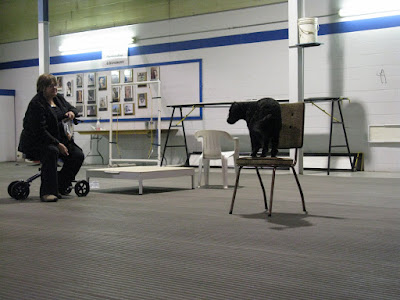
“Be the change you wish to see in the world.”
- Gandhi
Lots of people are getting onto the environmental bandwagon by reducing, reusing, recycling and recovering, but often don’t think about making environmentally friendly choices for their pets. There are lots of little things that you can do to make a big difference.
When getting a new pet, start the reuse cycle by adopting a shelter or rescue dog.
Buy quality, bulk, minimally packaged food and treats – or make your own using fresh, locally sourced ingredients. In addition to being healthier overall, quality food creates less poo. Recycle pet food cans and plastic packaging.
Speaking of poo, clean up after your dog, using biodegradable bags, and rather than sending your poo to the landfill, set up a backyard compost station.
Support local vendors who produce earth-friendly food and toys. But don’t get green-washed - ask questions to find out how many kilometres their product travels to reach you to move between manufacturer, warehouse, retailer and you. Often there’s a lot of back-tracking, so the product is far less environmentally friendly than you may have thought it to be.
Select long-lasting toys. My dog Daisy goes through stuffed toys way too quickly – but a Kong stuffed with peanut butter or frozen kibble lasts.
Use earth-friendly shampoos and grooming products.
Use natural and safe parasite treatments instead of toxic chemicals. Natural isn’t always safe, so make sure that you understand what you’re putting on your dog. Before you treat with anything, if you don’t understand it, ask your vet about it.
Choose collars, leashes and clothing made with environmentally friendly fabrics like hemp.
Use towels and blankets as bedding from second-hand stores. Get creative by transforming those towels and blankets into artistic, original, hand-made dog beds.
Take long walks. It’s a great way to bond with your dog, while avoiding more environmentally un-friendly entertainment choices. While you’re out, bring a filled and lidded-water bowl so you don’t need to purchase environmentally unfriendly, bottled water.
When packing your dog’s bags when going on vacation, rather than using plastic baggies for their toys, treats and food, use reusable, washable packaging.
When you buy and do anything, rethink it to discover more earth-friendly options.










